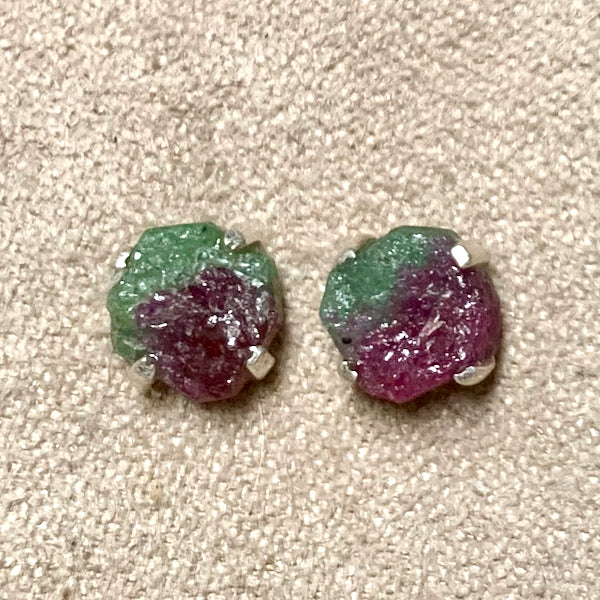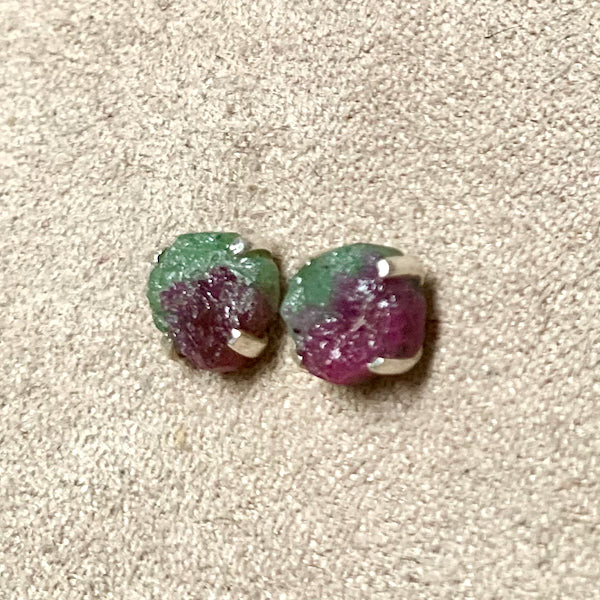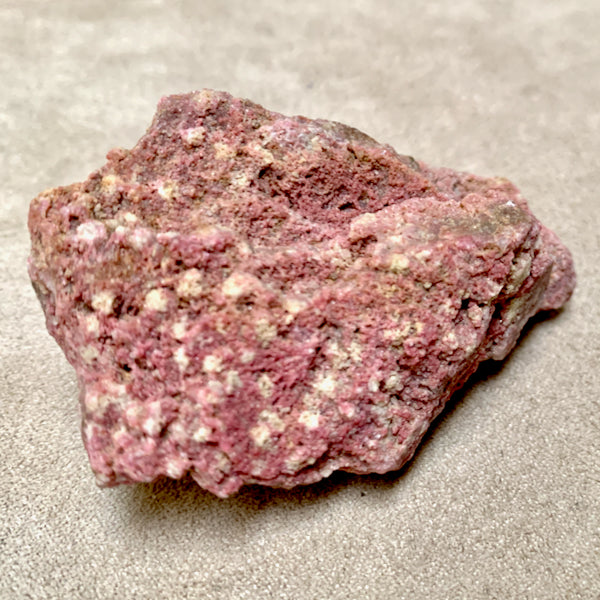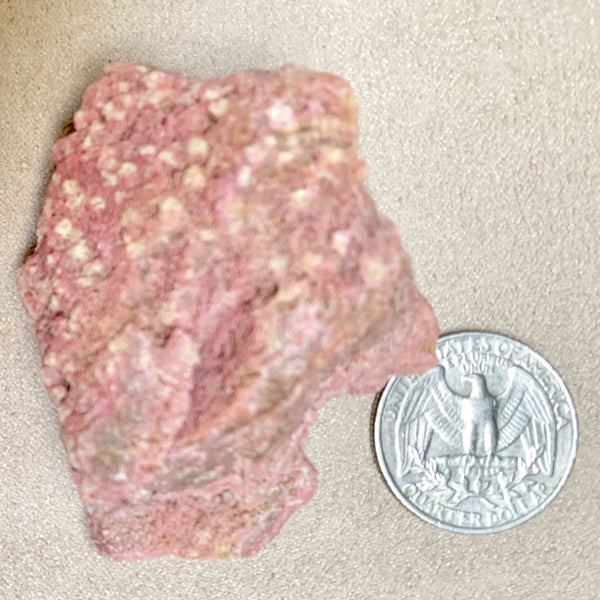Zoisite
Zoisite is a hydrous calcium aluminosilicate found in metamorphic rocks. Its formula is Ca2Al3[Si2O7][SiO4]O(OH)
Discover more about zoisite HERE (mineralogy & geology; spiritual, metaphysical & healing properties)
Ruby in Zoisite Rough Stud Earrings
- Regular
- $16.00
- Sale
- $16.00
- Regular
-
Sold Out
- Unit Price
- per
Ruby in Zoisite and Sterling Silver Post Earrings
- Regular
- $52.00
- Sale
- $52.00
- Regular
-
Sold Out
- Unit Price
- per
Zoisite / Piemontite (Taos Co., New Mexico)
- Regular
- $12.00
- Sale
- $12.00
- Regular
-
Sold Out
- Unit Price
- per
Ruby and Zoisite Polished Pebbles
- Regular
- $6.00
- Sale
- $6.00
- Regular
-
Sold Out
- Unit Price
- per
Showing items 1-4 of 4.








